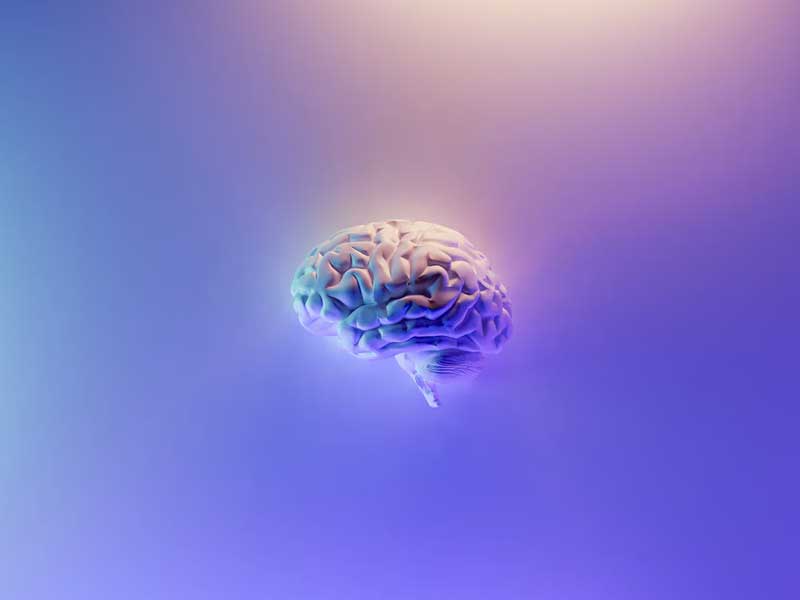CBD Gummies and the endocannabinoid system
CBD gummies have both pros and cons and their effect is linked to the so called endocannabinoid system. The first is that they take about an hour to start working in the body. This is because CBD must first pass through the digestive system before it can get to the various parts of the body. CBD also interacts with many other things in the stomach, so it can be difficult to absorb. As a result, many people have to take higher dosages in order to experience benefits.

Endocannabinoid system regulates functions
The endocannabinoid system (ECS) regulates many of the physiological functions of the body. It is intimately involved in the central control of female reproductive events, and abnormalities in this system may lead to infertility. Endocannabinoids act on ovarian granule cells to regulate follicular maturation and development. An overabundance of endocannabinoids can impair ovulation.
Researchers are still investigating the physiological mechanism of how cannabinoids affect these functions. However, they believe that the cannabinoids bind to certain receptors and correct imbalances. The endocannabinoid system also regulates body temperature. This system helps the body maintain a normal temperature and maintains a balance between various processes without causing unwanted side effects.
Endocannabinoids are produced in the brain by the body’s neurons. These neurons communicate by sending and receiving electrochemical signals. When a neuron receives too many signals, it synthesizes endocannabinoids to calm it down. Endocannabinoids bind to receptors on the CB1 receptors and calm down the overactive neuron.
Moreover, endocannabinoids suppress the immune system’s inflammatory signals. As a result, they may be an effective treatment for inflammatory diseases. The list of these endocannabinoid compounds continues to grow, and research is likely to continue in this direction.
The endocannabinoid system is a complex network of cells that regulate many functions in the human body. It was discovered by chemists in the early 1990s and researchers have since been learning more about this system. It is believed that endocannabinoids work similarly to cannabinoids found in cannabis sativa plants, but in the human body.
Because the endocannabinoid system is so complex, it is important to conduct research on its individual regions to identify the best CBD product for a specific symptom. Endocannabinoids regulate several physiological functions and are a potential pharmacological target for Parkinson’s disease. They have also been implicated in neuroinflammation and neuroprotection.
The endocannabinoid system also influences cancer cell growth. When cannabinoids accumulate in a cancerous cell, they inhibit its growth and proliferation. In animal models of cancer, cannabinoids cause an antitumor effect.
The ECS also participates in emotional behavior and is functionally coupled with monoaminergic systems. The correct interplay between these elements is crucial for CNS development, synaptic plasticity, and homeostatic regulation of cognitive, behavioral, and developmental processes.
The CB2 receptor is found in cells of the immune system and is upregulated in the central nervous system in certain pathological states. Endocannabinoids are eicosanoid mediators that act on these receptors. The best-known endocannabinoids are anandamide and 2-arachidonoyl glycerol.
Endocannabinoid receptors have been found on nerve cells in the brain and spinal cord. They also exist in white blood cells and in the gastrointestinal tract. Endocannabinoids can regulate inflammation. Activating the CB2 receptor in the body may reduce pain.
The CB1 receptor is most abundant in the brain. The CB2 receptors are present in various tissues, including the immune system, and are present in the peripheral nervous system. They may also attach to other molecular compounds and signal inflammation.
The Endocannabinoid System has many components and regulates many of the body’s functions. These molecules are released alongside the immune system to maintain homeostasis and prevent excessive inflammation. However, the exact mechanisms of the endocannabinoid system are not fully understood, and the system’s role in the body’s functioning remains elusive.
The Endocannabinoid System is an intricate system found in all mammals. Scientists think that this system is the key to the reason why CBD and cannabinoids work in the body. Its function is critical for overall health and well-being.
Anandamide, a type of endocannabinoid found in the human body, is one of the most important endocannabinoids. It has been found to regulate pain and affect memory. Studies have shown that it has anti-proliferative effects in breast cancer cells. It has also been found to bind strongly to the CB1 receptors. These findings suggest that the CB1 receptors are responsible for the analgesic effects of endocannabinoids.
Endocannabinoids suppress synaptic transmission through multiple mechanisms. These effects are independent of duration. Studies have demonstrated that CB1R-mediated self-inhibition occurs in different subpopulations of neurons, including hippocampal CA1 neurons. Furthermore, CB1Rs regulate communication between microglia and neurons.

Endocannabinoid system blocks CYP450
The CBD in CBD gummies blocks CYP450, an enzyme that is involved in the metabolism of several drugs. CBD is the most powerful inhibitor of CYP450, but THC is also effective. The endocannabinoid system produces endocannabinoids in response to signals from the brain. CBD binds to the CB1 receptor on pre-synaptic terminals, suppressing neurotransmission at both the excitatory and inhibitory synapses. This retrograde signaling mechanism allows for precise spatio-temporal regulation of neurotransmission.
The ECS plays a crucial role in neurodevelopment. It regulates the growth and development of neuronal progenitors. The CB1 receptors on neuronal progenitors affect their development and function. When activated, the CB1 receptors delay the transition from a neuronal progenitor to a postmitotic neuron.
Cannabinoids act on the CB1 and CB2 receptors. In rodent pain models, they reduce amygdala activity during negative emotional processing. Studies have also found that cannabinoids reduce heroin-seeking behavior. In addition, they modulate serotonin and dopamine levels in the brain. Because of these properties, cannabidiol represents a promising candidate for chronic pain management. The limited diversion and misuse potential make it an attractive choice.
In addition, CBD inhibits CYP450. Inhibiting CYP450 blocks cancer drug metabolism. Consequently, patients with cancer may have higher concentrations of the drugs than those who have no cancer. Moreover, it can also affect the metabolism of other drugs. Inhibiting CYP450 also means a lower risk of drug interactions.
While there is limited evidence to support the use of CBD in cancer treatment, a number of cancer trials are underway. While the benefits are still in their infancy, cannabinoids may be helpful for treating a variety of conditions, including intractable nausea, anorexia, and severe pain. They may also reduce the number of drugs patients take.
However, some researchers have noted a possible interaction between CBD and cytochrome P450 enzymes. Inhaled THC enters the lungs via capillaries, crosses the blood-brain barrier, and is absorbed through the small intestine. Once in the liver, THC undergoes a series of reactions with the CYP450 enzymes.
While the human studies involving cannabinoids have been limited in size, they point to potential beneficial effects in the context of pain relief and opioid abuse. Despite the controversy surrounding the medical marijuana plant, more research is needed to establish how CBD can benefit the endocannabinoid system.
In addition to blocking CYP450, CBD binds to multiple other molecular targets. Two putative cannabinoid receptors, known as CB1 and CB2, and the a2 adrenoceptors are associated with the effects of CBD. CBD is also associated with anti-inflammatory and anti-nausea and anti-emetic effects.



